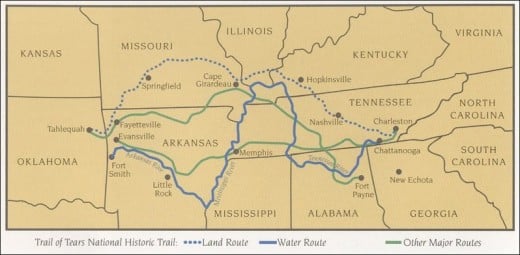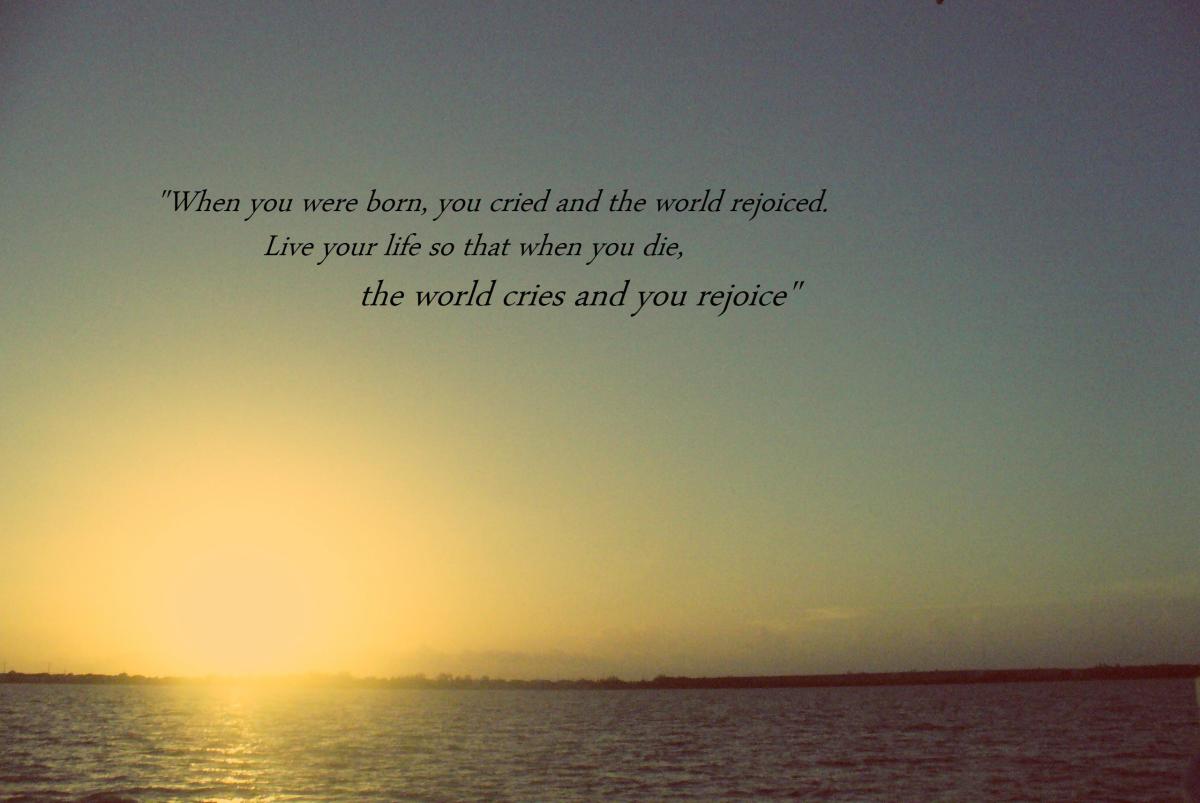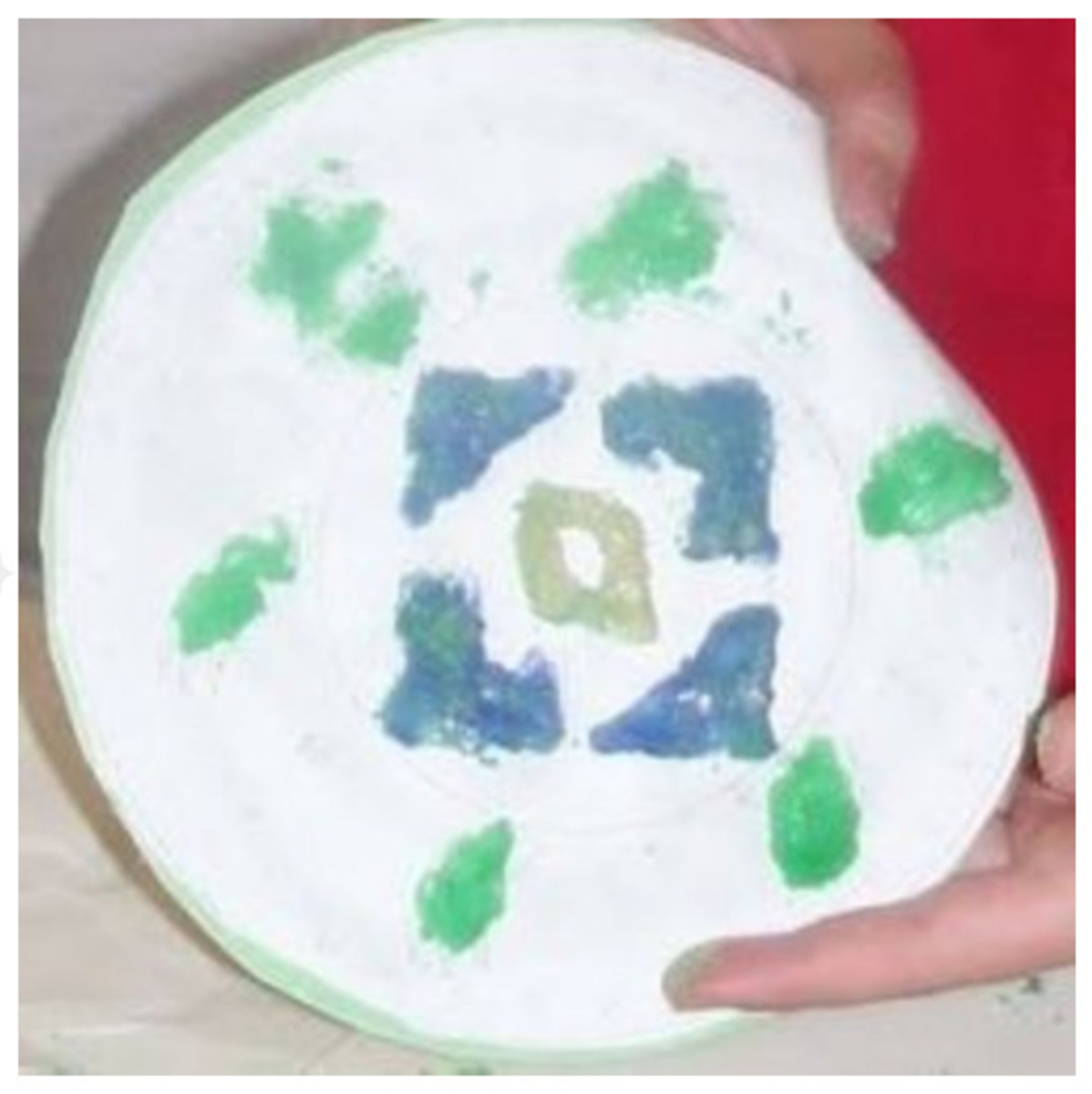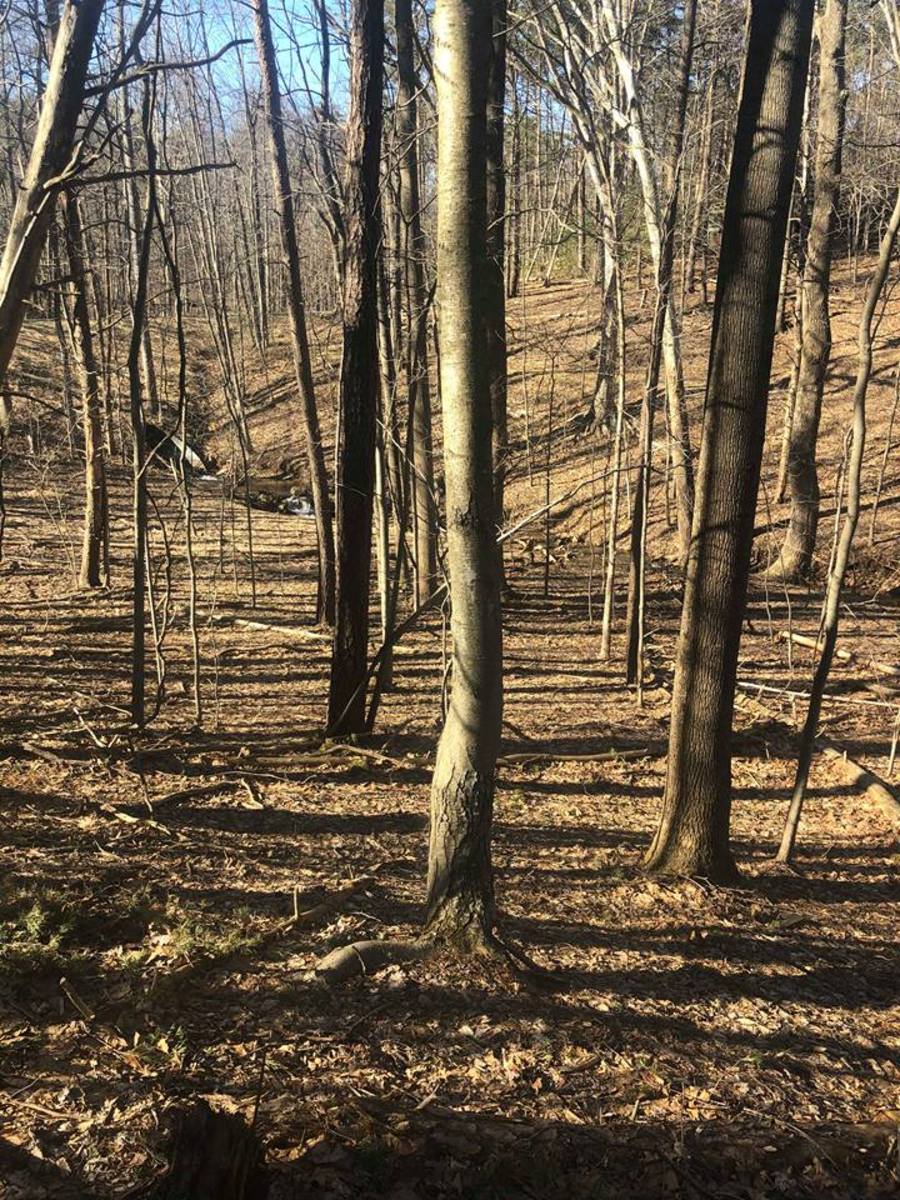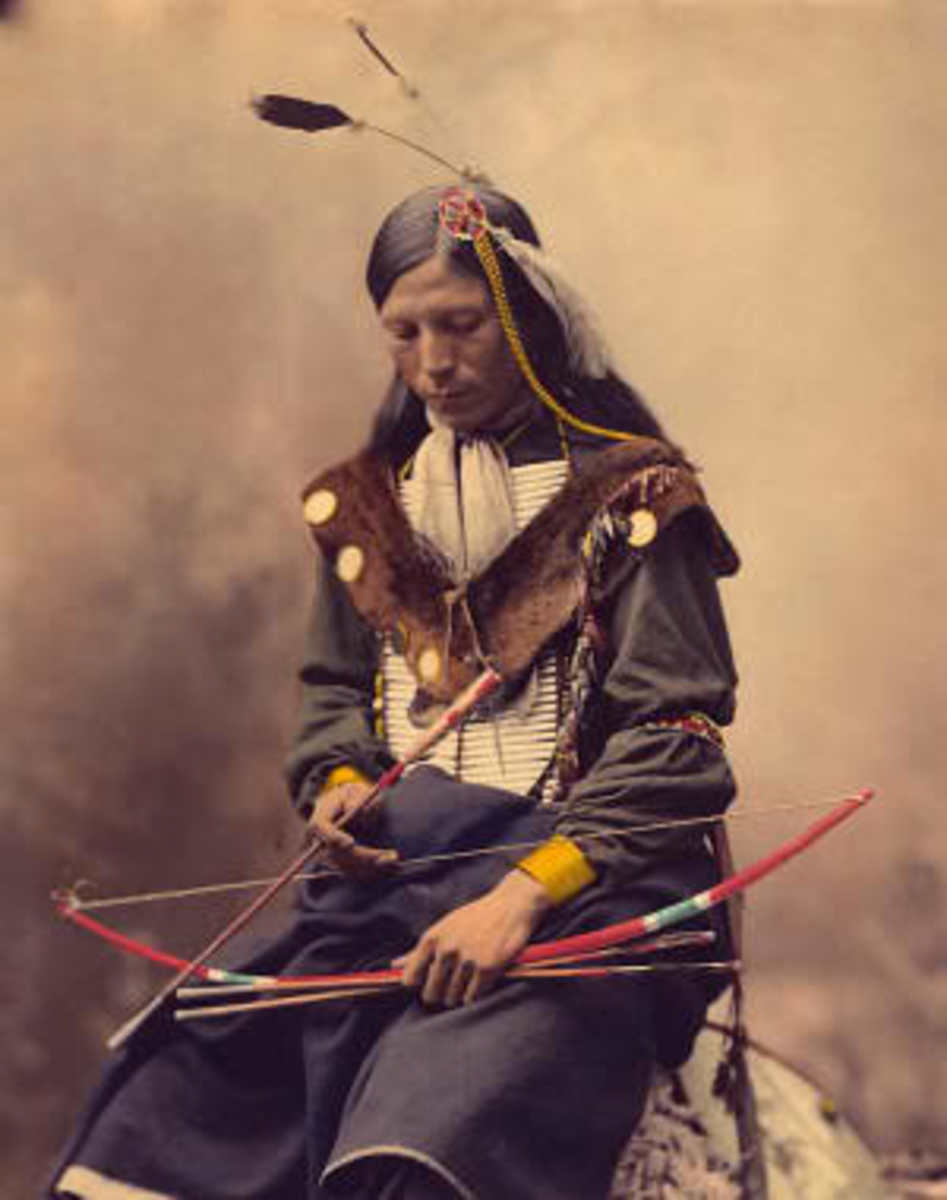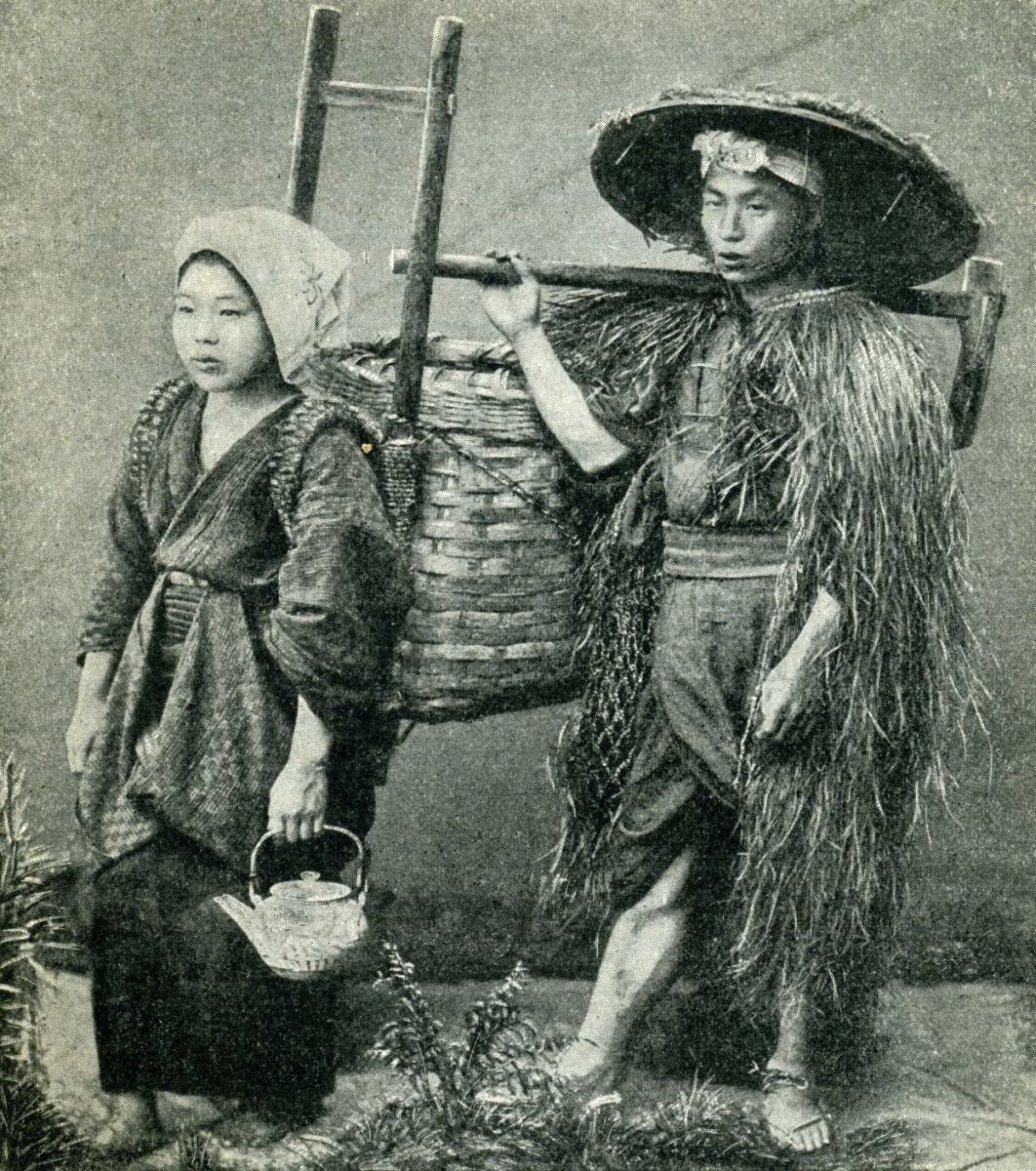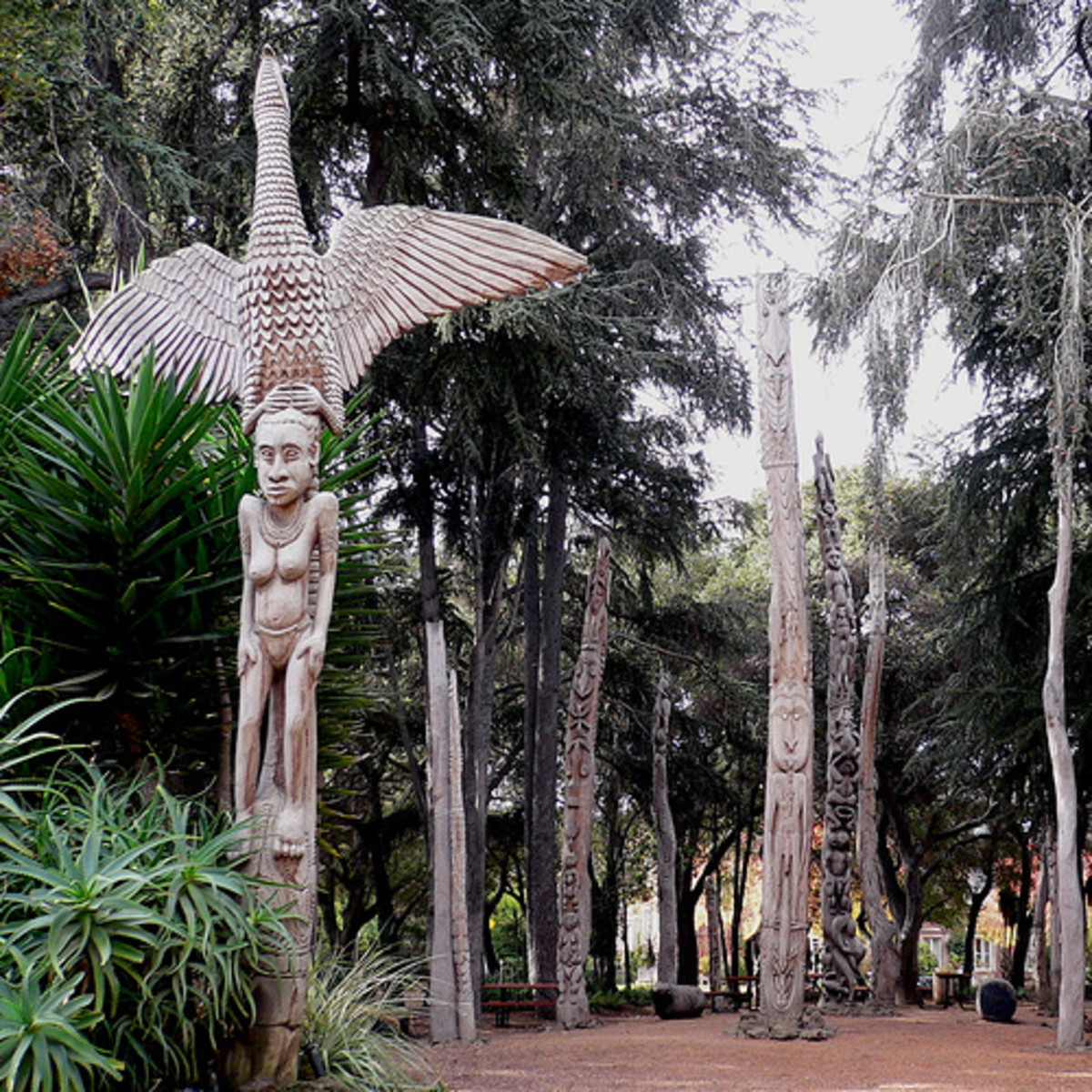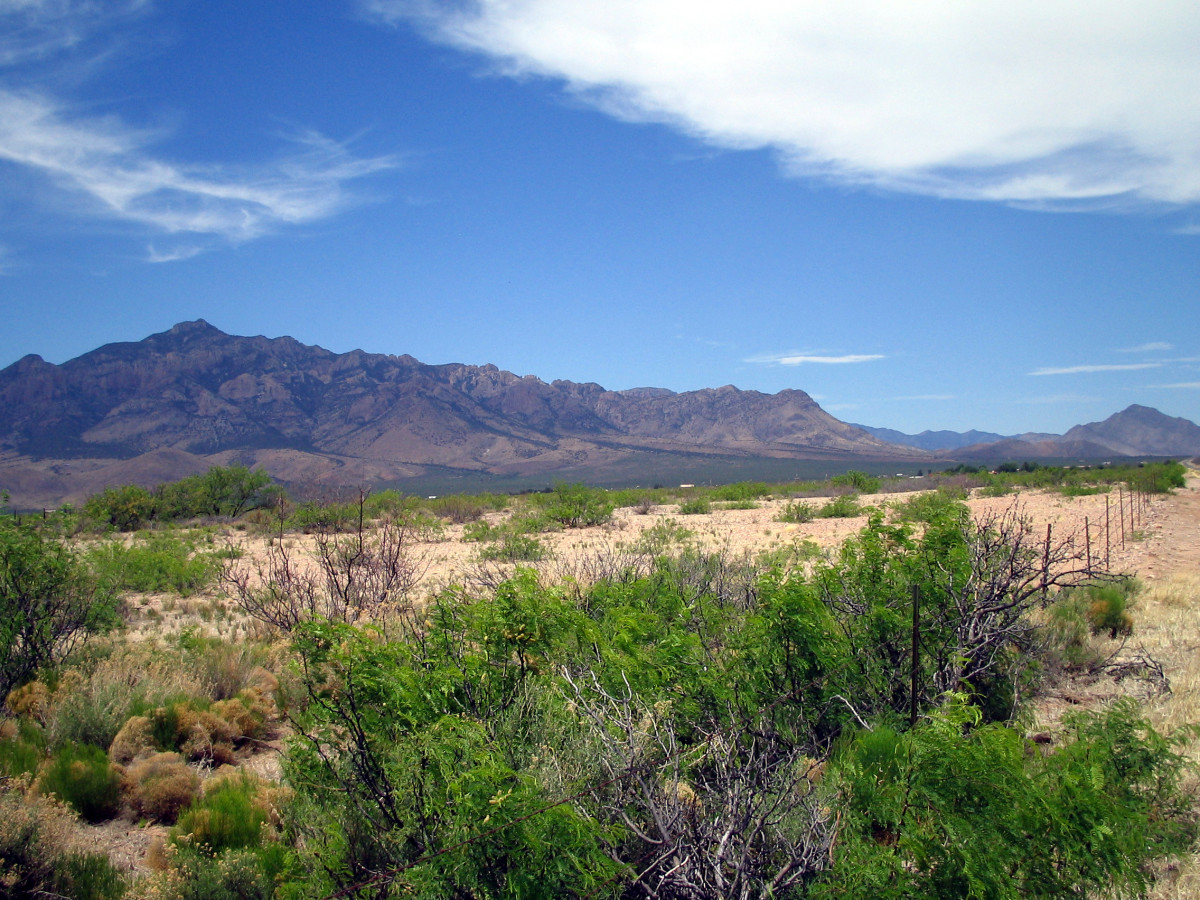- HubPages»
- Education and Science»
- History & Archaeology»
- History of the Americas
Thanks, Praise and the Land in Cherokee Culture
The Cherokee, Chickasaw, Choctaw, Seminole and Creek were called the "Five Civilized Tribes" by early American immigrants. From a European perspective, these southeastern Native Americans practiced a way of life more closely related to the English, French and Spanish than other tribes. The Cherokee especially were sedentary farmers who were open to incorporating aspects of European life into their own traditions. Like the Europeans' Christianity, the Cherokee religion incorporates "thanks and praise" for the blessings in their lives. This emphasis stems from the agrarian connection to the land and receipt of it's harvest bounty.
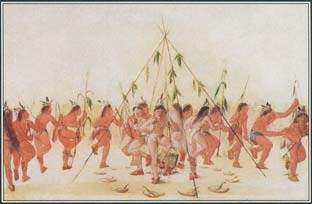
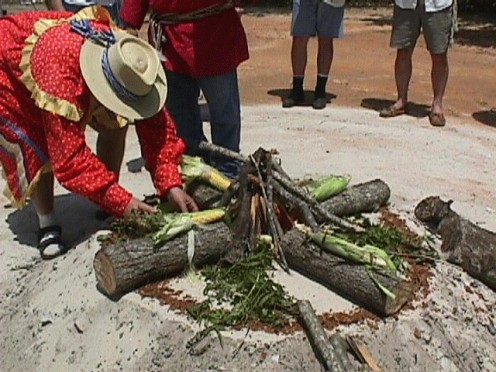
Intrinsic Connections
Agrarian societies are by nature connected to the land. It is the source of everything they need and use to prosper and multiply. Unlike nomadic tribes that can follow game and travel lightly, agrarian tribes invest everything into a single location and must take care to keep their home fertile. If crops do not grow well, the people suffer. For the Cherokee, appeasement of the gods was the way to guarantee a good harvest.
The ceremonies and rituals of the Cherokee and other southeastern agrarian tribes revolve around the growing season and nature. For example, the Green Corn Ceremony serves four functions. First the sacred fire is renewed, which guarantees health and prosperity for the community. Second, the ceremony provides the purification necessary for humans to eat corn. In the Cherokee world, people may commit bad acts during the winter when they are tested by the brutality of the season and can not be allowed to defile the sacred corn. Thirdly, it is the time of year when names are bestowed and young men are awarded seats in their clan. This encourages young, strong workers to be involved in the community. Finally, the Green Corn Ceremony appeases the spirits and keeps them in good humor.
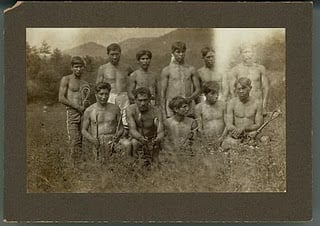
Social Networks
The kinship ties and organizational structure of the Cherokee is also rooted in the agrarian lifestyle. To farm, you had to establish a permanent settlement. Farming is intensive work and even one day of lost labor could spell doom for a crop. The Cherokee organized town identities for all their permanent settlements, and they were at peace with one another. Men were needed in the fields, not out hunting or fighting conflicts with neighbors. Villages also kept a strong network for intermarriage (keeping their genetic pool balanced) and protection and defense. Through these requirements arose a complex system of clans and intermarriages. A child became part of his or her mother's clan and could not marry anyone else in the clan, no matter how distantly related they might be. When a person traveled they could take refuge or shelter with a member of their clan in a far-away village even if they had never met.
To cement ties between neighboring villages, towns played each other in ball games called anetso. Each town was red or white and only opposing colors could play one another. The losing towns changed their color the following year, meaning they would face different opponents. Similarly colored towns would come together to hold ceremonies like the Green Corn Ceremony.
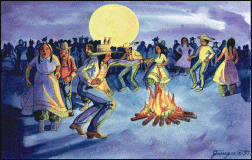
Changing Influence
After European contact the Cherokee way of life changed drastically. The Cherokee embraced Western ideas including the printing press, fashion, Christianity and even (for a short time) slavery. The town identities became purely ceremonial. Today they are represented by Stomp grounds, locations where thanks and praise ceremonies are still held to appease the gods as the Cherokee struggle to preserve their cultural heritage. Despite their affinity for European life, the US Army under President Andrew Jackson forced the Cherokee and other southeastern tribes to travel the "Trail of Tears" from Tennessee, Georgia and North Carolina to "Indian Country" in the west. Thousands perished. But, settling in what is today Oklahoma, the Cherokee were able to start anew and persist. Through it all the community held together which would have been much more difficult if they did not have strong beliefs to fall back on and tie them to their new land. Thanks and praise continued, but not just for agriculture. Today the Cherokee can be thankful they persevered in the face of genocide, and praise the continuation of their traditions.
